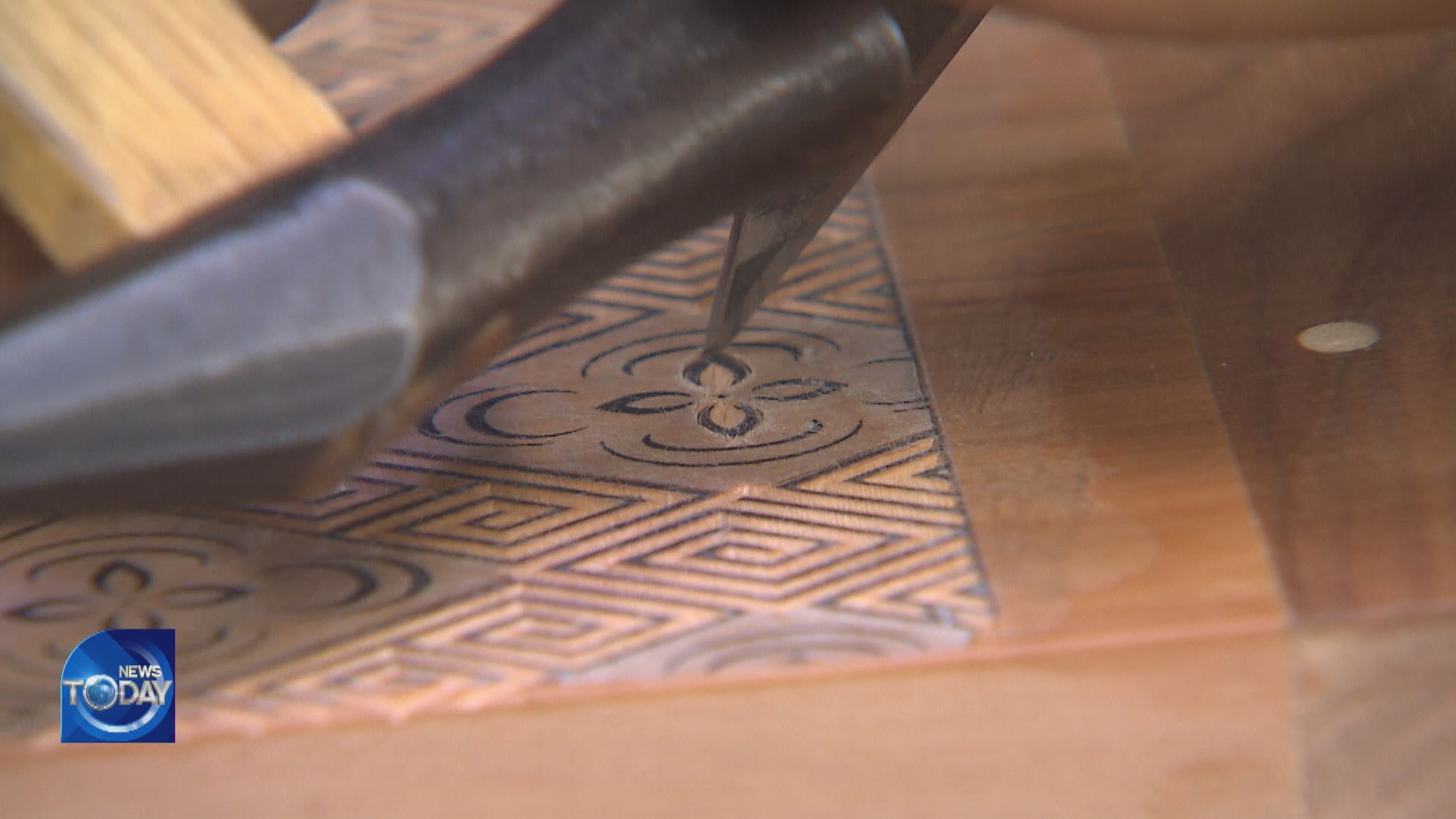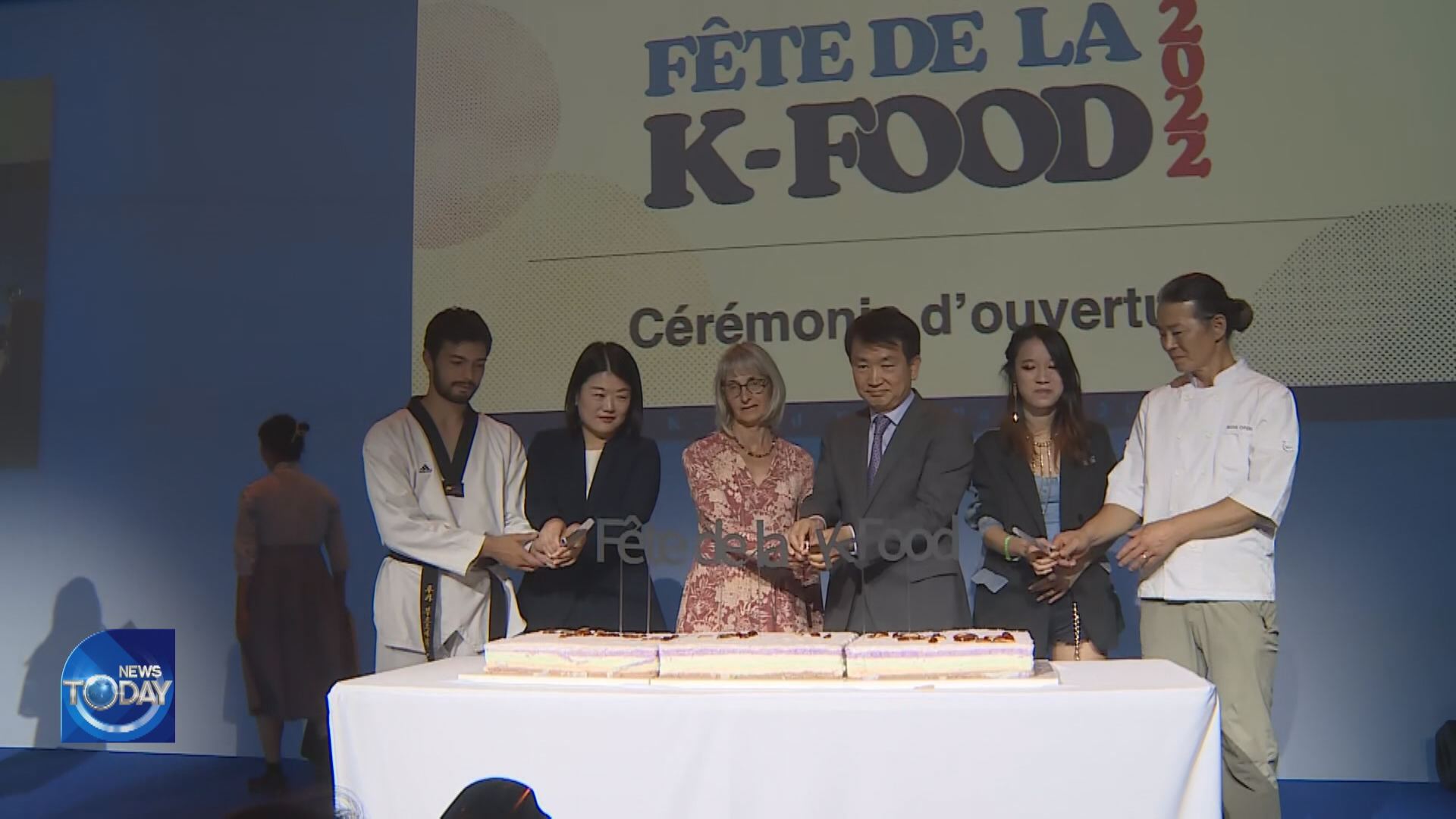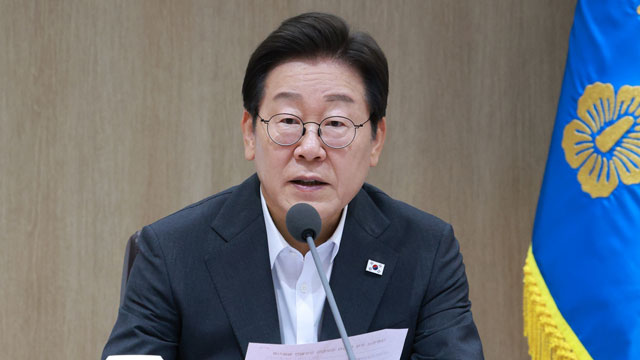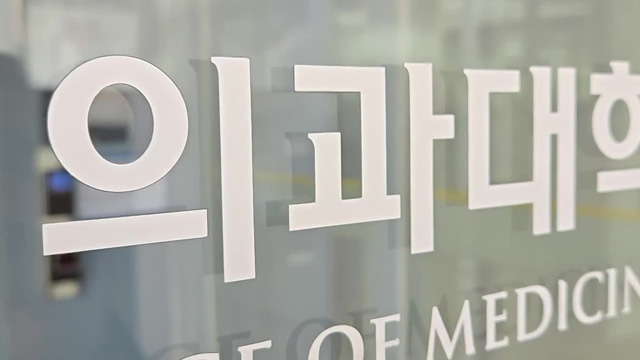‘JIKJI’ RESTORATION PROJECT
입력 2022.07.11 (15:01)
수정 2022.07.11 (16:45)
읽어주기 기능은 크롬기반의
브라우저에서만 사용하실 수 있습니다.
[Anchor Lead]
Jikji is the oldest surviving book printed with movable metal type. The project to restore this monumental work was completed successfully with the help of scientific analyses and master craftsmanship.
[Pkg]
A master craftsman gently taps with a hammer to carve out a pattern on a woodblock. An imaginary flower symbolizing good fortune blooms. Beeswax is applied to the finished woodblock before the wooden plate is rolled with a round stone. Flower patterns appear on the Korean traditional paper of hanji. This is a traditional book-making technique of engraving letters or patterns on a book cover. National intangible cultural assets participated in the project to make hanji and ink in a traditional way. The original Jikji, Korea's precious written legacy, was recreated in a time-honored fashion.
[Soundbite] Park Young-duk(Master Letter Engraver) : "They are the best craftsmen. They participated in recreating the book-making process from the Goryeo era."
The restoration of the original Jikji was possible thanks to scientific analysis. The city of Cheongju coordinated with the National Library of France to analyze the paper component and surface condition, ink concentration and other variables of the only surviving copy of the original Jikji.
[Soundbite] Prof. Choi Tae-ho(Chungbuk Nat'l Univ., Wood and Paper Science) : "We used an analyzer to break down the organic and inorganic substances used in the cover and inside pages of Jikji."
Based on these analyses, thirty duplicates were made of the only surviving original Jikji. Also, thirty duplicates of the version estimated to have been published in 1377.
[Soundbite] Yun Hee-bong(Curator, Cheongju Early Printing Museum) : "We've been substituting them with photo prints or making copies by other means. This is part of an effort to make a copy that could replace the original."
The Jikji duplicate restored through scientific analyses and by master craftsmanship will be shown to the public for the first time at a Jikji cultural event in September.
Jikji is the oldest surviving book printed with movable metal type. The project to restore this monumental work was completed successfully with the help of scientific analyses and master craftsmanship.
[Pkg]
A master craftsman gently taps with a hammer to carve out a pattern on a woodblock. An imaginary flower symbolizing good fortune blooms. Beeswax is applied to the finished woodblock before the wooden plate is rolled with a round stone. Flower patterns appear on the Korean traditional paper of hanji. This is a traditional book-making technique of engraving letters or patterns on a book cover. National intangible cultural assets participated in the project to make hanji and ink in a traditional way. The original Jikji, Korea's precious written legacy, was recreated in a time-honored fashion.
[Soundbite] Park Young-duk(Master Letter Engraver) : "They are the best craftsmen. They participated in recreating the book-making process from the Goryeo era."
The restoration of the original Jikji was possible thanks to scientific analysis. The city of Cheongju coordinated with the National Library of France to analyze the paper component and surface condition, ink concentration and other variables of the only surviving copy of the original Jikji.
[Soundbite] Prof. Choi Tae-ho(Chungbuk Nat'l Univ., Wood and Paper Science) : "We used an analyzer to break down the organic and inorganic substances used in the cover and inside pages of Jikji."
Based on these analyses, thirty duplicates were made of the only surviving original Jikji. Also, thirty duplicates of the version estimated to have been published in 1377.
[Soundbite] Yun Hee-bong(Curator, Cheongju Early Printing Museum) : "We've been substituting them with photo prints or making copies by other means. This is part of an effort to make a copy that could replace the original."
The Jikji duplicate restored through scientific analyses and by master craftsmanship will be shown to the public for the first time at a Jikji cultural event in September.
■ 제보하기
▷ 카카오톡 : 'KBS제보' 검색, 채널 추가
▷ 전화 : 02-781-1234, 4444
▷ 이메일 : kbs1234@kbs.co.kr
▷ 유튜브, 네이버, 카카오에서도 KBS뉴스를 구독해주세요!
- ‘JIKJI’ RESTORATION PROJECT
-
- 입력 2022-07-11 15:01:57
- 수정2022-07-11 16:45:17

[Anchor Lead]
Jikji is the oldest surviving book printed with movable metal type. The project to restore this monumental work was completed successfully with the help of scientific analyses and master craftsmanship.
[Pkg]
A master craftsman gently taps with a hammer to carve out a pattern on a woodblock. An imaginary flower symbolizing good fortune blooms. Beeswax is applied to the finished woodblock before the wooden plate is rolled with a round stone. Flower patterns appear on the Korean traditional paper of hanji. This is a traditional book-making technique of engraving letters or patterns on a book cover. National intangible cultural assets participated in the project to make hanji and ink in a traditional way. The original Jikji, Korea's precious written legacy, was recreated in a time-honored fashion.
[Soundbite] Park Young-duk(Master Letter Engraver) : "They are the best craftsmen. They participated in recreating the book-making process from the Goryeo era."
The restoration of the original Jikji was possible thanks to scientific analysis. The city of Cheongju coordinated with the National Library of France to analyze the paper component and surface condition, ink concentration and other variables of the only surviving copy of the original Jikji.
[Soundbite] Prof. Choi Tae-ho(Chungbuk Nat'l Univ., Wood and Paper Science) : "We used an analyzer to break down the organic and inorganic substances used in the cover and inside pages of Jikji."
Based on these analyses, thirty duplicates were made of the only surviving original Jikji. Also, thirty duplicates of the version estimated to have been published in 1377.
[Soundbite] Yun Hee-bong(Curator, Cheongju Early Printing Museum) : "We've been substituting them with photo prints or making copies by other means. This is part of an effort to make a copy that could replace the original."
The Jikji duplicate restored through scientific analyses and by master craftsmanship will be shown to the public for the first time at a Jikji cultural event in September.
Jikji is the oldest surviving book printed with movable metal type. The project to restore this monumental work was completed successfully with the help of scientific analyses and master craftsmanship.
[Pkg]
A master craftsman gently taps with a hammer to carve out a pattern on a woodblock. An imaginary flower symbolizing good fortune blooms. Beeswax is applied to the finished woodblock before the wooden plate is rolled with a round stone. Flower patterns appear on the Korean traditional paper of hanji. This is a traditional book-making technique of engraving letters or patterns on a book cover. National intangible cultural assets participated in the project to make hanji and ink in a traditional way. The original Jikji, Korea's precious written legacy, was recreated in a time-honored fashion.
[Soundbite] Park Young-duk(Master Letter Engraver) : "They are the best craftsmen. They participated in recreating the book-making process from the Goryeo era."
The restoration of the original Jikji was possible thanks to scientific analysis. The city of Cheongju coordinated with the National Library of France to analyze the paper component and surface condition, ink concentration and other variables of the only surviving copy of the original Jikji.
[Soundbite] Prof. Choi Tae-ho(Chungbuk Nat'l Univ., Wood and Paper Science) : "We used an analyzer to break down the organic and inorganic substances used in the cover and inside pages of Jikji."
Based on these analyses, thirty duplicates were made of the only surviving original Jikji. Also, thirty duplicates of the version estimated to have been published in 1377.
[Soundbite] Yun Hee-bong(Curator, Cheongju Early Printing Museum) : "We've been substituting them with photo prints or making copies by other means. This is part of an effort to make a copy that could replace the original."
The Jikji duplicate restored through scientific analyses and by master craftsmanship will be shown to the public for the first time at a Jikji cultural event in September.
이 기사가 좋으셨다면
-
좋아요
0
-
응원해요
0
-
후속 원해요
0














![[단독] 위성락 실장 “전작권 협상 카드 아냐…카드로 써서도 안 돼”](/data/layer/904/2025/07/20250713_uwNBPL.jpg)


이 기사에 대한 의견을 남겨주세요.